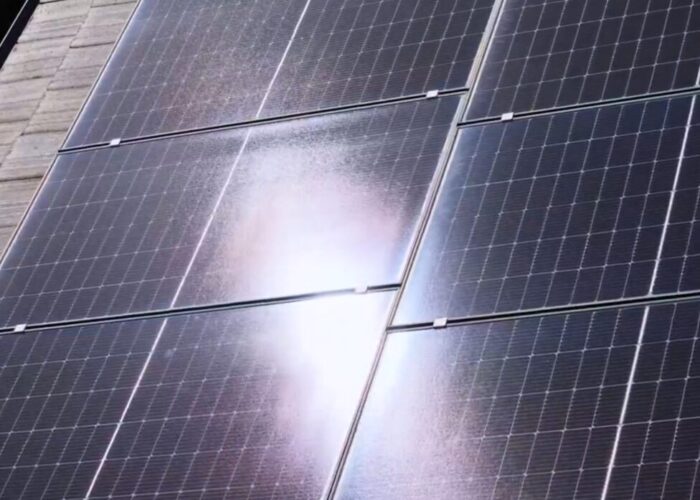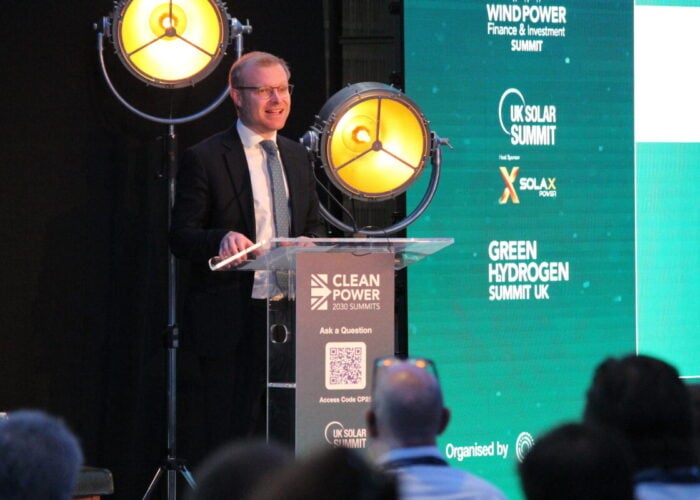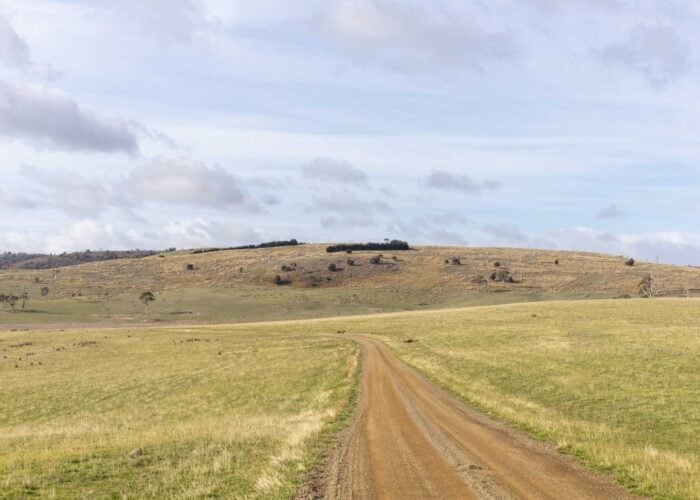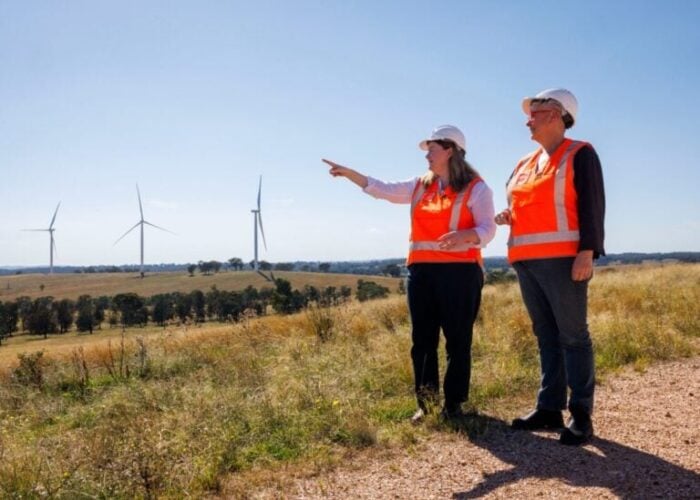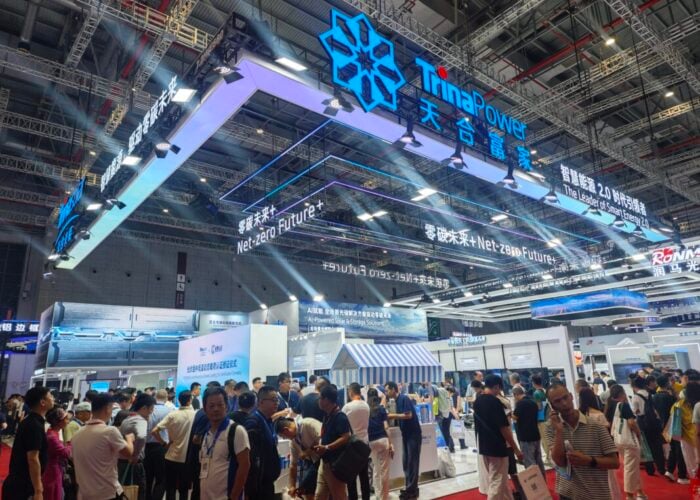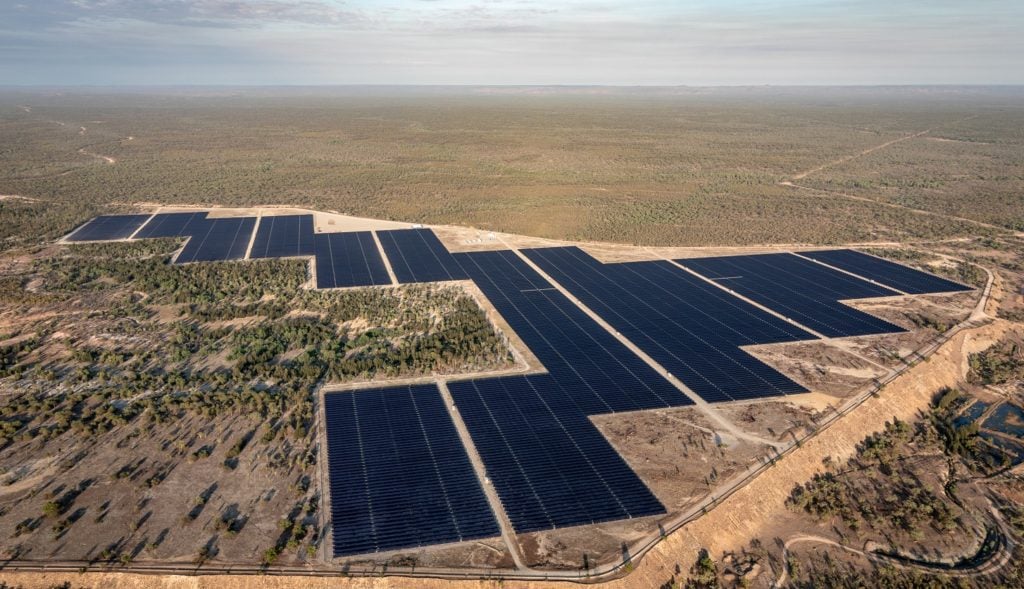
The successful projects of the first Capacity Investment Scheme (CIS) tender round in Australia have been revealed, with 2.75GW of solar PV being awarded, alongside 3.55GW of wind.
In total, 19 projects have successfully completed the tender process, with the majority located in New South Wales and Victoria, with seven projects each. Queensland saw three successful projects whilst South Australia secured two projects.
Unlock unlimited access for 12 whole months of distinctive global analysis
Photovoltaics International is now included.
- Regular insight and analysis of the industry’s biggest developments
- In-depth interviews with the industry’s leading figures
- Unlimited digital access to the PV Tech Power journal catalogue
- Unlimited digital access to the Photovoltaics International journal catalogue
- Access to more than 1,000 technical papers
- Discounts on Solar Media’s portfolio of events, in-person and virtual
Of the 19 successful projects in the first tender auction, 11 featured solar PV. The tender round opened in May 2024 and sought 6GW of renewable energy generation.
Seven projects see bids accepted in New South Wales
In New South Wales, developers Elgin Energy and Lightsource bp succeeded with their respective solar PV projects. Elgin Energy saw a bid for its 60MW Glanmire solar-plus-storage project, featuring a 104MWh battery energy storage system (BESS), accepted.
Lightsource bp, on the other hand, saw two projects, its 700MW Sandy Creek and 450MW Goulburn River solar PV power plants, successful in tender one. The Goulburn River project recently received development consent from the Australian government.
Chris Bowen, Australia’s energy minister, hailed the success of the first tender round, believing it will help facilitate the country’s energy transition.
“The Albanese Labor government is delivering Australian households and businesses an energy system that is lowest cost, more reliable and better equipped to power Australian homes and businesses now and into the future,” Bowen said.
“We are also making sure that the communities who host these projects see the benefits of them – with strong commitment to use Australian manufacturing and hire local people.”
Lightsource bp leads Victorian projects
In Victoria, developers European Energy Australia, Gentari, Risen, Lightsource bp and Elgin Energy all saw success with their respective projects.
The largest of these successful solar PV bids in the tender was Lightsource bp’s 300MW West Mokoan solar-plus-storage project. Featuring a 560MWh BESS, the project will be separated across two sites with hopes it will be operated by Q4 2026.
Victoria saw several successful solar-plus-storage projects alongside the West Mokoan project. These include two from Elgin Energy and one more from Gentari.
Gentari’s 64MW Barnawartha Solar and Energy Storage project features a 138.8MWh BESS. Located around 300km northeast of the state capital, Melbourne, the project is hoped to complete energisation by 2027 and be connected to the National Electricity Market (NEM).
Through its Barwon and Elaine solar PV power plants, Elgin Energy successfully completed 375MW of solar-plus-storage projects in Victoria.
The 250MW Barwon project features a 500MWh BESS and will be situated on a 735-hectare site around 34km north of the Geelong City Centre. The Elaine project has a generation capacity of 125MW and will be complemented with a 250MWh co-located BESS. It is currently in the permitting phase.
Queensland to add 500MW of new solar capacity
All three projects successful in Queensland feature solar PV and amount to 550MW of solar PV generation capacity. The three projects are divided between ACS Solar and Edify Energy.
The largest of these solar PV power plants is ACS Solar’s Hopeland solar project, with a generation capacity of 250MW. The project is being developed in the Western Downs region of south Queensland and received a connection approval in April 2024.
The two successful Edify projects are both solar-plus-storage. These include the 150MW Majors Creek Solar Power Station and the 150MW Ganymirra Solar Power Station. Both will be accompanied by a co-located 600MWh BESS.
Australia’s Capacity Investment Scheme
The Albanese government announced the expanded CIS in November 2023, intending to underwrite 32GW worth of renewable energy generation and energy storage capacity, roughly half of the demand on the NEM.
The CIS operates under a contracts for difference (CfD) model, where the government underwrites investments in new renewables projects through competitive auctions. The government said that it will not disclose the expected costs of CIS contracts to “achieve the best bang for buck for taxpayers”. Auctions are planned to run at six-monthly intervals until the 32GW quota has been reached.
Four CIS tenders have been announced in total. The first focused on NEM energy generation, with the second delving into dispatchable energy on the Wheolsale Electricity Market (WEM) in Western Australia. The third tender, similarly to the second, focuses on dispatchable energy on the NEM, with the latest, the fourth, again focusing on NEM generation.
As reported by our sister site Energy-Storage.news in November, Victoria was granted the greatest allocation of dispatchable power in the upcoming tender with 1.7GW/6.8GWh for energy storage. This was from a total allocation of 4GW for dispatchable power, with the Australian government seeking 6GW of renewable energy generation.
New South Wales has been granted 1.3GW/5.2GWh, and Western Australia has been allocated 1.1GW/4.4GWh. A total of 0.9GW/3.6GWh has been earmarked for South Australia, while Tasmania, the Australian Capital Territory and Queensland have not been given a specified amount.
Successful early CIS tenders could reduce allocation in later rounds
The Australian Energy Market Operator (AEMO) recently hosted a webinar to discuss the details of the CIS. One key takeaway was the potential impact of the early CIS tender rounds on those scheduled for later stages.
Matt Brine, head of the CIS office at the Department of Climate Change, Energy, the Environment and Water (DCCEEW), noted that the capacity offered in some of the later tenders could be directly influenced by the success of the earlier rounds.
“The 32GW target comprises 23GW of renewable energy generation and 9GW of dispatchable power capacity. That’s our target,” Brine said,
“We would like to deliver as many projects as possible within our constraints. If there are a range of high-quality projects coming through in these early tenders, then we will definitely be looking to underwrite as many of them as we can, and that lightens the load for us in future tenders, so we will reduce those targets in the future tenders.”
Brine added that signing substantial contracts early on could help the DCCEEW achieve its 32GW target in the long term. Brine believes that requiring smaller amounts of capacity in later tenders grants more flexibility to tweak the scheme or even cancel contracts and reissue capacity.
“If we overperform in the early tenders, the other benefit from our perspective is that if problems emerge, we can quickly cancel those contracts and reissue that capacity. Whereas, if we have a lot of capacity that is not being tended to until the very end of the screening program, our hands are tied a bit,” Brine said.


